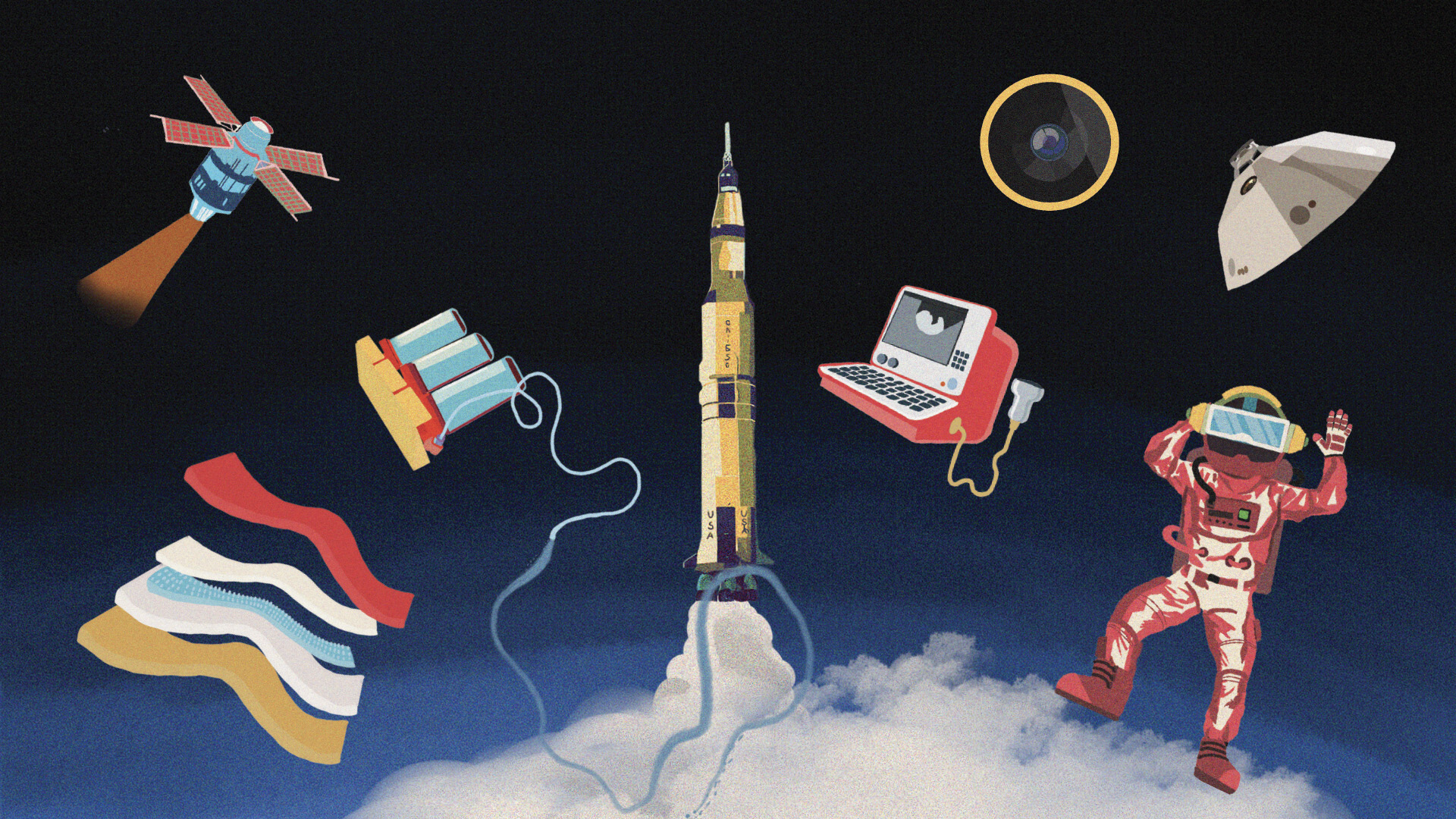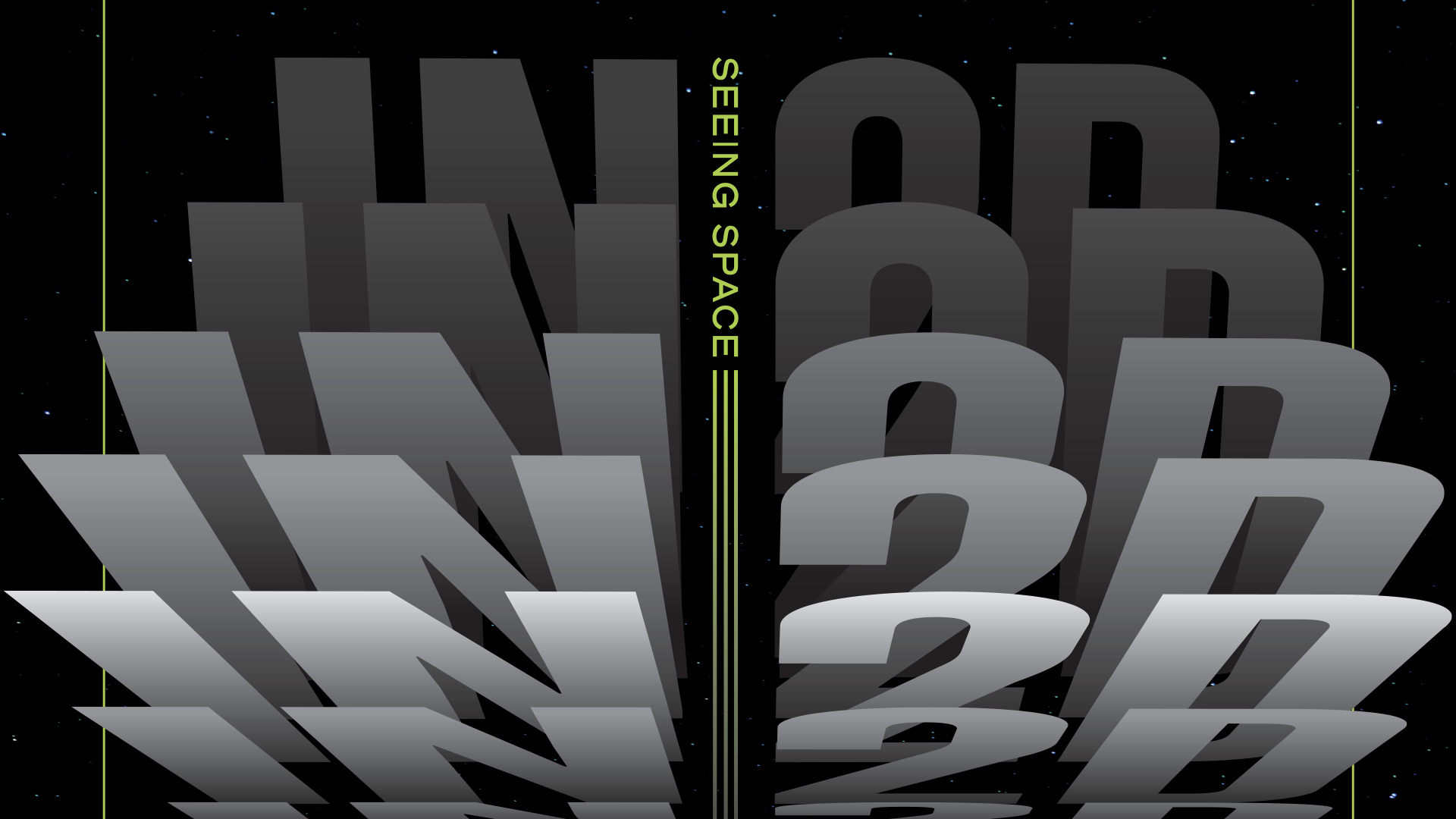Tech could someday let people even in dry climates
get clean water straight from the atmosphere›››
Back down to Earth
8 technologies born of the space race and 3 inventions thatweren’t (but you thought were) 6 May 2024




